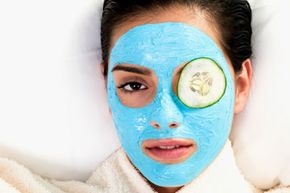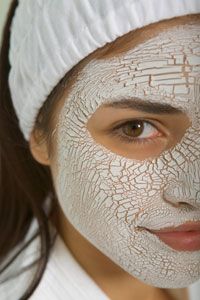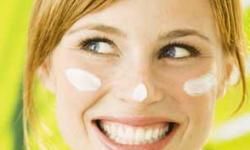Not many people have skin like that of a 20-year-old runway model. OK, practically no one does. Though it might be impossible to get that kind of soft, flawless facial skin without the right genes -- or, at least, some skillful photo airbrushing -- there are ways to help improve the look and feel of your skin. Increasingly, many adults and even teens are turning to facials.
Facials are a treatment for the face that's meant to cleanse, firm, smooth and moisturize the skin. Many people swear by facials not only as a way to feel relaxed and pampered, but also as a means for making their skin healthier. According to data collected by the International Spa Association, facials are the third most popular spa treatment, right behind massages and manicures or pedicures [source: Saint Louis].
Advertisement
Each person who gets a facial has his or her own reasons for doing so, including:
- to deeply clean the skin and pores
- to improve skin that is either too dry or too oily
- to rejuvenate skin that has begun to look old or wrinkled
- to relax and de-stress [source: Le Visage Skin].
You can certainly give yourself a basic facial at home, but many people opt to have facial treatments at a spa or salon. There, an aesthetician (which is just a fancy name for a skin specialist) applies creams, gels, serums, masks, mists and lotions meant to clean and revitalize the skin.
Can a facial cure all skin problems? Not really. Some skin problems, such as severe acne or skin cancer, require the treatment of a medical specialist, such as a dermatologist. But a facial can help your skin look and feel better -- and give your self-image a boost in the process.
Much like hairstyles and clothing, there are many types of facials, each designed for a different purpose. Keep reading to find out whether a facial is right for you.
Advertisement


